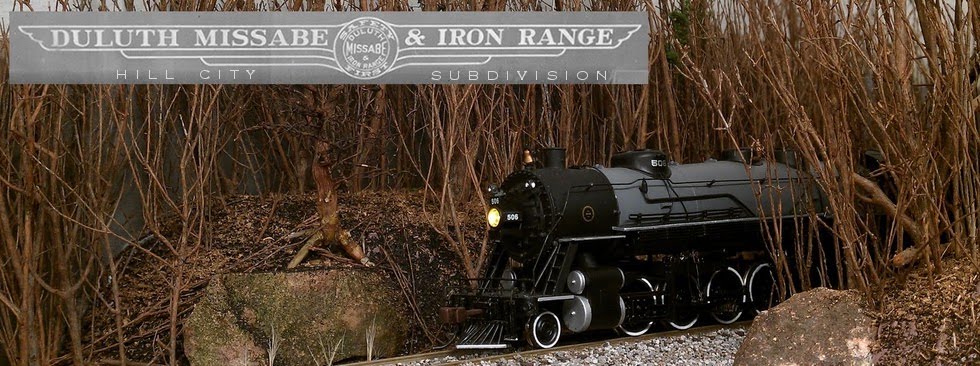Months of planning and meeting and bickering and "I'm never volunteering for anything ever again" proclamations all led up to one weekend, and what a weekend it was. The whole thing was over in a flash, nothing but a blur. The only complaint that I heard from anybody was "There's too much to choose from!", and I heard that from more than one person.
Mike Engler, Art VanDeWater, Gary Hanson, Dave Hamilton, Les Breuer, Ken Zieska, and of course, my poor wife (who handled the non-rail activities and pretty much ran the registration desk) - we did it! We pulled off a hugely successful event!
Technically, things started Thursday night, but the real fun started Friday morning. I was the first clinic on the schedule, originally supposed to be in a small conference room upstairs, but due to the unexpected turnout, I found myself presenting in the main ballroom. A little larger crowd than I had planned for, but hey, I'm flexible.
I barely left that room all day Friday or Saturday. Partially due to the fact that I was hosting two different workshops in there, but also because there was so much going on in there that I didn't see the need to leave. Plus, the contest room was right next door, and there were some INCREDIBLE models on display in there. Models like the Twin Mills sawmill, done by Bill Obenauf.
Mike Engler had an equally impressive diorama on display:
There were many other fine models on display, but these were the only ones that I had time to photograph.
There were lots of great clinics to choose from, something like 30 hours of presentations and workshops in all. Some by local presenters, some from neighboring regions, and even a couple of manufacturers. The guys from Clever Models were here with some of their paper models and lots of great demonstrations on how to build them.
One of the highlights of the weekend for me personally was meeting Jimmy Simmons of Monster Model Works, getting to spend a good portion of the weekend working alongside him, and even drawing a compliment from him on my scenery techniques. When somebody like him tells you that your work is good, it means something.
I couldn't resist building one of Jimmy's kits, hist
Triple J Repair shop. Of course, I couldn't follow the rules and build it the way he intended - I put my aluminum foil corrugated roofing on it. He was impressed with it, and even sent a few folks over to see what I'd done with his kit!
In case you're curious about what color I painted the bricks - I didn't paint them at all. This is the natural color of the basswood, I simply brushed on some black and brown chalk. There is on final touch remaining to be added - real window glass. Jimmy tipped me off on where to buy real glass sheets, 0.007 inches thick, to use for model windows. He used this glass in his demo kit, and after seeing the real glass next to the typical plastic used in model windows, I'll never use plastic again. The glass is ordered, just waiting on it to arrive.
We wrapped things up on Saturday night with the awards banquet, where we enjoyed some great food, great company, and the ever-popular Chinese auction. Three years in a row I've tried to get that damned airbrush, and three years in a row I've failed.
I didn't come away empty-handed however. My depot won first place in the model contest for on-line structures, and it earned a merit award, one more step towards the MMR. Also, to my surprise, I was awarded the President's Award in recognition of the volunteer work that I've done for the NMRA.
Sunday was the last day of the convention, a day full of layout tours all around the Twin Cities. I was one of those, ending the day with 37 new signatures in my guest book. One of those signatures belongs to a guy from Australia who was here JUST FOR THE CONVENTION, and decided that my layout was a "must see" while he was in town. That's quite flattering.
Whew... I think this is the longest blog post I've ever written, but there was a lot to talk about. This was a great weekend. Yes, it was a lot of work getting to this point, but it's nice to be able to sit back and see that it was worth it.













































































